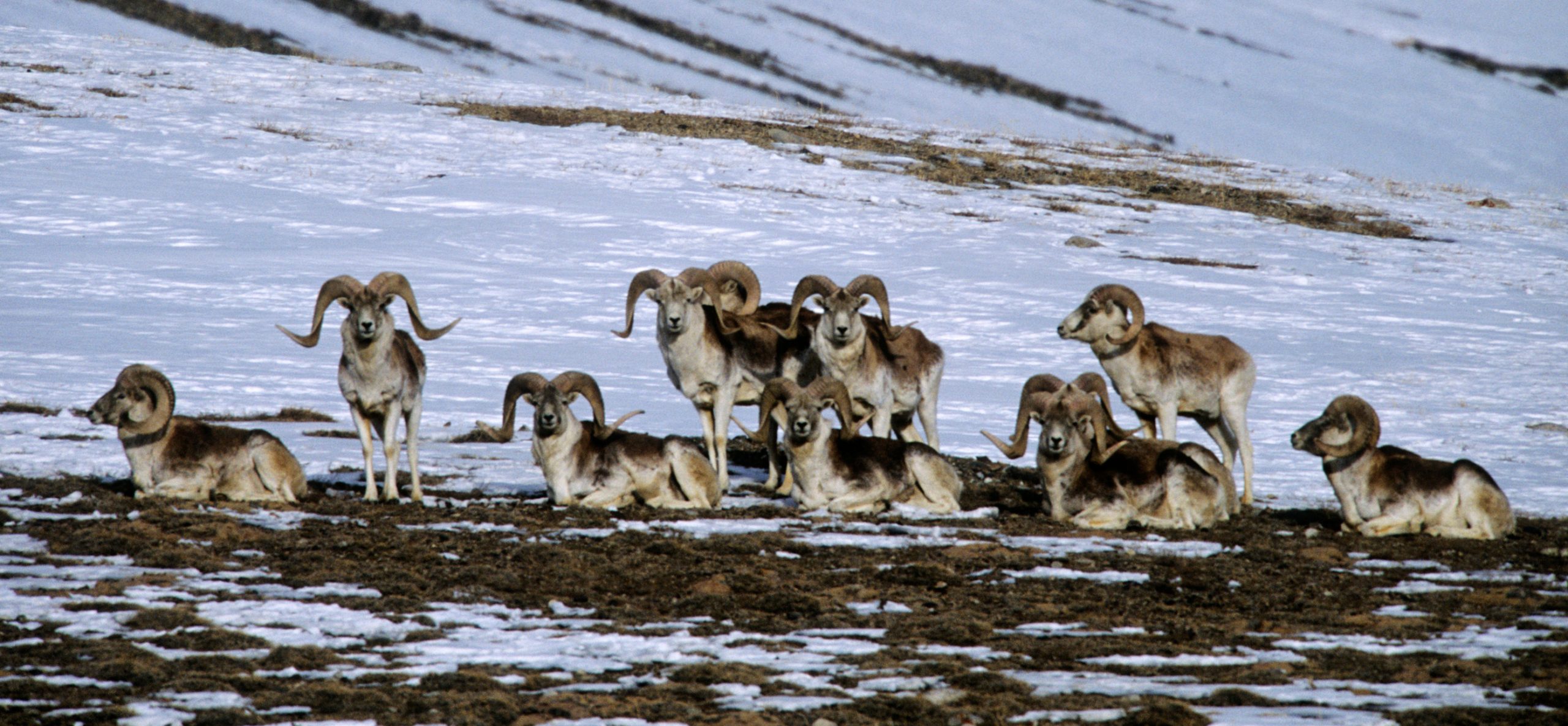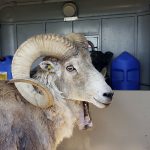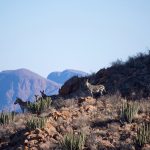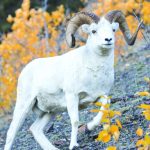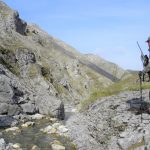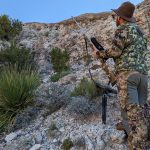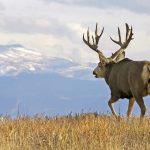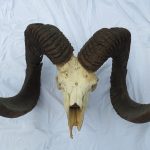A primer on the most sought-after game animals of the world’s largest continent.
Photo above: When it comes to horn length, the Marco Polo argalis are the world champions.
If you’ve ever dreamed of hunting wild sheep, you probably know about the four North American varieties—Dall, Stone, Rocky Mountain bighorn, and desert bighorn. But it’s Asia, with its towering peaks and remote ranges, that is often considered the true sheep hunter’s mecca. How much do you know about the many types of sheep that live on the world’s largest continent? Here’s a primer on the major categories of Asian sheep.
The argalis are the biggest, baddest, and most impressive sheep in the world. When explorer Marco Polo described the size of their horns after returning from his travels in Asia, people scoffed. But these sheep are plenty real, living throughout the high-altitude open valleys and lofty plateaus of central Asia. Argali is the Mongolian word for sheep, and if you’re looking for superlatives, two types stand out. The Altai argali is, in body size, the biggest sheep in the world, weighing 450 pounds or more. James L. Clark, in The Great Arc of the Wild Sheep, called the Altai argali, which lives in the Altai mountains of Mongolia, the “king of kings of all sheep.” But if it’s horn length you’re after, look no further than Marco Polo’s namesake variety, also called Pamir argali. The Marco Polo argali of Afghanistan, Tajikistan, Kyrgyzstan, and western China grows the longest horns of any sheep, with the world record curling a stunning 75 inches around. Rowland Ward recognizes a dozen different varieties of argalis and SCI recognizes fourteen, with variations in body and horn size throughout their range as well as differences in pelage, with some growing a large white neck ruff in winter. Argalis are found in the central Asian countries of Afghanistan, Uzbekistan, Tajikistan, Kyrgystan, and Kazakhstan, as well as into Mongolia, China, India, and Tibet. Besides the Altai and Marco Polo, varieties of argalis include the Gobi, Kara Tau, Karaganda, Kuruk Tagh, Littledale, Gansu, Sair, Severtozov, Tian Shan, and Tibetan.
The smallest varieties of the wild sheep are mouflons and urials, which are closely related. Depending on which source you consult, they are either the same species or two separate ones, and biologists don’t even agree on exact scientific names. While they may look and act similar, each variety of mouflon and urial is found in different regions and habitats, which makes the pursuit of the different types a most interesting one.
Mouflon (Ovis gmelini) are the smallest of all the wild sheep, ranging from 70 to 140 pounds on average, but they’re arguably the prettiest—or, as James L. Clark puts it, the “best dressed,” with a white saddle patch and white rump patch, and a neck ruff. Many urials also have a rump patch and neck ruff; they also have a white bib and may or may not have a saddle patch. Most hunting authorities recognize Anatolian, Armenian, Cyprus, Esfahan, and Laristan varieties of mouflons. In Asia, mouflons can be found in Turkey, Armenia, and Iran. They are native to the island of Cyprus in the Mediterranean and have been introduced in Europe and other regions.

As you move slightly farther east in Asia, you’ll find the urials (Ovis vignei). These are the second-smallest of the wild sheep after mouflon, and they dwell at relatively low elevations compared with argalis. Horn shape in both mouflons and urials varies quite a bit. Most mouflons have horns that curl horizontally toward the back of the head. Urials such as the Blanford and Punjab varieties have horns that curl in a wide arc outward on either side of the head like cup handles, and others, such as the Afghan and Transcaspian urials, have horns that curl forward, more like those of a bighorn.
Rowland Ward recognizes the Afghan urial, Transcaspian urial, Blanford urial, Punjab urial, and Ladakh urial. Two “in-between” sheep, red sheep and Kerman sheep, are considered to be mouflon/urial hybrids.

Hunters used to spotting bighorns in the American West or Dall sheep in Alaska will quickly recognize the similarities between these North American sheep and their cousins that inhabit the rugged mountains of Russia. Snow sheep, also called Asiatic bighorns (Ovis nivicola), are about the size of Dall sheep and have similar horns, but are grayish in body color and have shaggier, woolier coats adapted to the harsh winters of northern Siberia. There are three generally recognized varieties of snow sheep. The most widespread are the Siberian snow sheep, which are sometimes broken into several subcategories; Kamchatka snow sheep, found on the Kamchatka Peninsula; and Putorana snow sheep, found in an isolated population in north-central Siberia.

Wait, aren’t there also wild sheep on the “roof of the world”—the Himalayas? Yes—and, well, no. The Himalayan blue sheep, which has horns that curve horizontally outward, then down and back, is classified as a “pseudo sheep”—an animal with the biological characteristics of both sheep and goats. That explains its scientific name, Pseudois nayaur. There are two other types of pseudo-sheep in Asia, both of them found in China: the Chinese blue sheep and the pygmy or dwarf blue sheep. The Himalayan blue sheep, or bharal, can be hunted in Nepal, and it’s one of the greatest challenges on Earth for the dedicated mountain hunter, for this “sheep” is found at incredibly high altitudes, often in excess of 18,000 feet. You will have to climb higher to successfully hunt a Himalayan blue sheep than any other mountain game.

